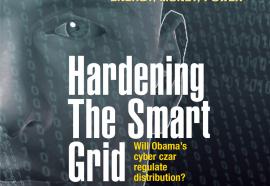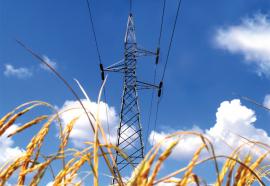Local Renewables
An emerging model for green power.
Certain New Jersey counties have undertaken a regional, public-private partnership approach to developing renewable energy projects for local government buildings. Local governments generally include municipalities, school districts, counties, and municipal or county or other regional sewerage or water utilities, depending on applicable state law.











